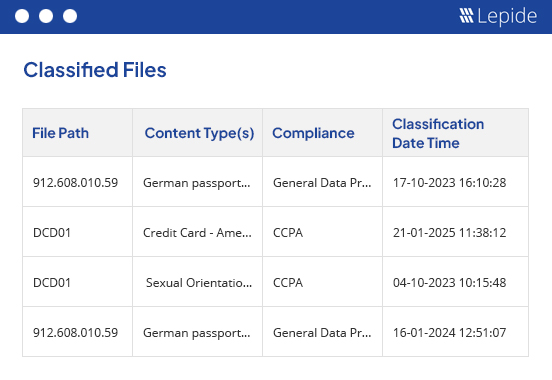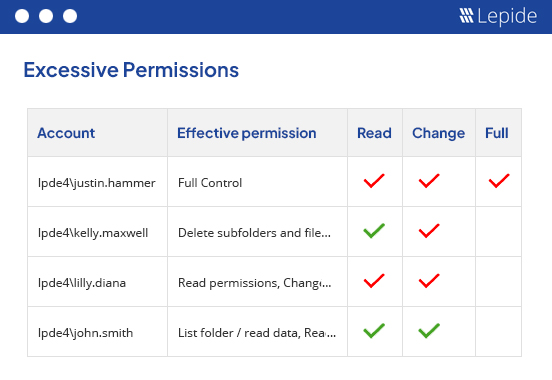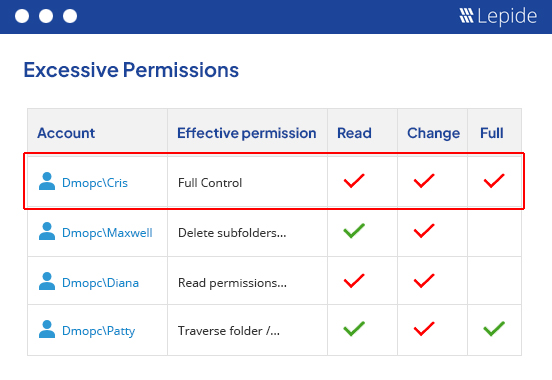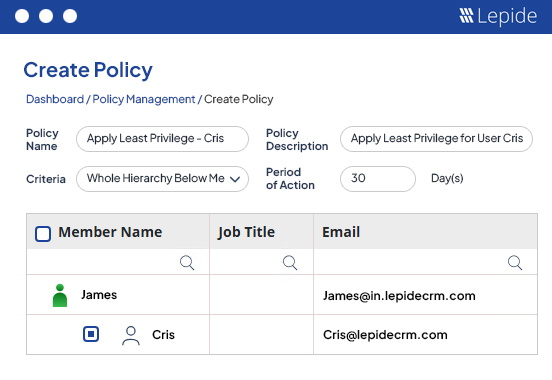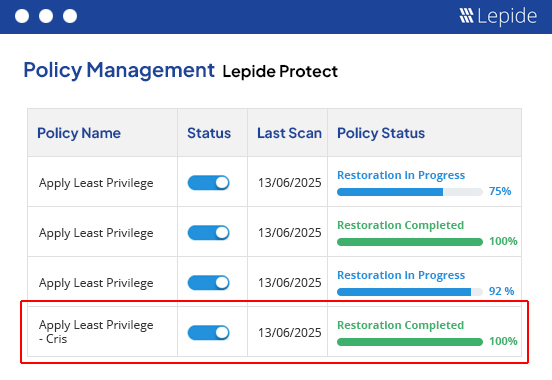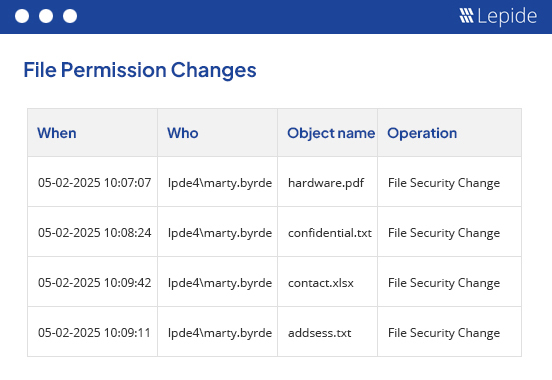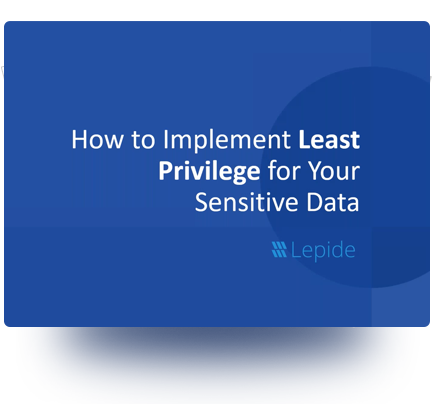Data Access Governance Software
Continuously discover, review, and control access to sensitive data across cloud and on-prem, before it becomes a breach or an audit failure.
Fill in the rest of the form to
download the 20-day free trial
download the 20-day free trial
x














